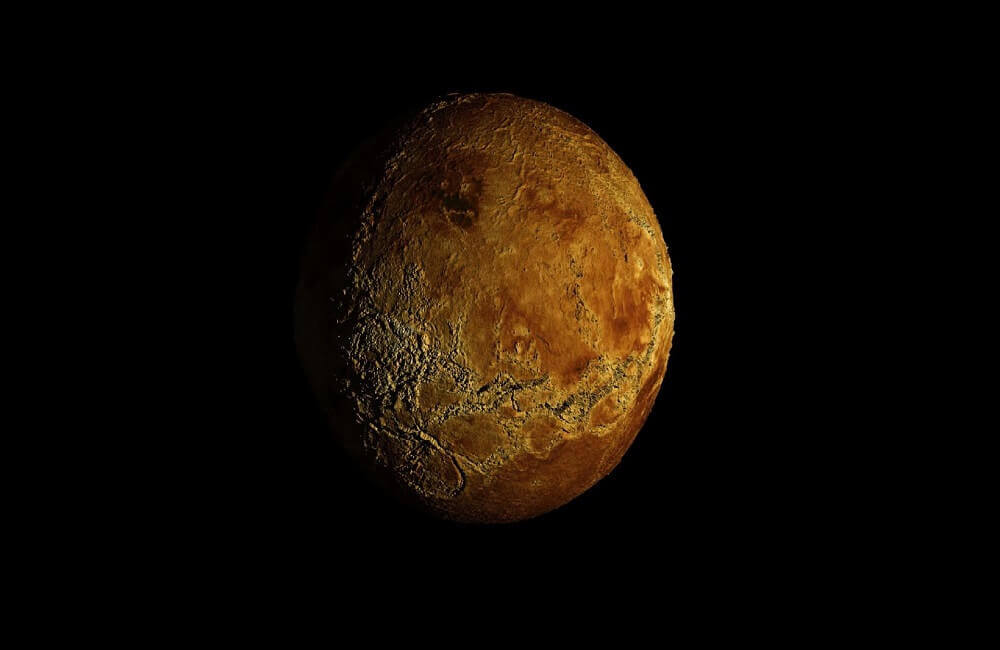
A day is basically the time the planet takes to spin or rotate once on its axis. Our earth takes 24 hours to complete one spin. But have you ever thought about how long other planets take to rotate on their axis? Especially Mars, which one of the closest plants to earth? In this article, we’ll talk about how long is one day on Mars. So stay tuned!
Before we get to how long is a day on Mars, let’s learn a few things about astronomy, which may be vital for your complete knowledge.
What Is A Sidereal Day?
A sidereal day, which is a bit shorter than a solar day, is the time a planet takes to completely spin around and make a full rotation.
What Is A Solar Day?
A solar day is a time the Earth takes to rotate on its axis so that the Sun gets back to its same position in the sky. This position changes slightly every day on all planets.
How Long Is One Day On Mars?
Mars is different from the earth in ways more than you can think. The fourth planet in our system is almost half the size of the earth and the year is almost twice as long. It’s dry, cold (around minus 80 degrees Fahrenheit), has little to no atmosphere or precipitation, and is incapable of growing anything. Its orbital eccentricity is larger, which means that the Martian seasons differ greatly. Thus, it’s an inhabitable place for us humans. Yet, Mars is similar to Earth in some aspects. Just like Earth’s, even Mars’ external structure comprises of core, mantle, and crust. It has plenty of water, though most of it is concentrated as ice in the polar regions. And out of all the planets, Mars rotates at the same speed as Earth, which means a day on Mars similar to that of the earth.
A day on planet Mars is 24.37 hours on a sidereal day and 24.39 minutes long on a solar day, almost 2 hours more than earth. To put things to your perspective, a sidereal day on Earth 23 hours 56 minutes long, and a solar day is 24 hours long. Hence, solar days on Mars are 39 minutes longer than Earth’s and the sidereal days are 41 minutes longer, which is around 2.7%. When compared to the other planets, where a day is either too long, (such as in Venus, where a day is 116 day and 18 Earth hours), or too short, (such as Jupiter, where a day is 9 hours, 55 minutes), this difference is quite incredible. Since the Martian rotation period is similar to Earth’s, it also experiences seasons of summer, winter, autumn, and spring.
How Is The Time On Mars Calculated?
To calculate the time on Mars, a 24 hours Mars clock, on which the minutes, seconds, and hours are 2.7% longer than the standard duration of Earth is used. The operations teams have worked on Mars time for Mars Science Laboratory, Mars Pathfinder, and Mars Exploration Rover missions, with work schedules synchronized to the local time of Mars instead of the Earth. This way, the crew slides around 40 minutes later in Earth time every day. Even the wristwatches are scheduled in Martian time, instead of Earth time.
We hope we’ve answered your question of how long is a day on Mars. It’s pretty safe to conclude that Mars is a volatile and harsh planet and is not very safe to live there. Yet, many people are thinking of living on Mars someday. In fact, some have even applied for it. Scientists and astronomers are already working together on it, so maybe we’ll get to witness the impossible soon. Until then, read our article on Which Planet Has Most Volcanoes?

Seasons have nothing to do with rotation rate; they are caused due to axial tilt, and their intensity is driven by orbital eccentricity.
Mars’ tilt (25.2 deg) is similar to Earth’s (23.4 deg), so seasonal variations would be similar to Earth on average. But Mars’ eccentricity (9.3%) is much lower than Earth’s (1.7%), so it receives significantly more sunlight at perihelion than at aphelion–nearly 40% more. (Earth sees a 7% variation.)
Also, Mars is tilted with the south pole toward the sun near perihelion, like the Earth is. This means that seasons in the southern hemisphere would be more extreme: in summer, the sun would be more overhead AND much closer than in winter. But in the northern hemisphere, summers and winters would be milder.
The orbital eccentricity also affects the LENGTHS of the seasons; Mars spends less time at perihelion than at aphelion, so northern winter/southern summer would be shorter than the opposite seasons.